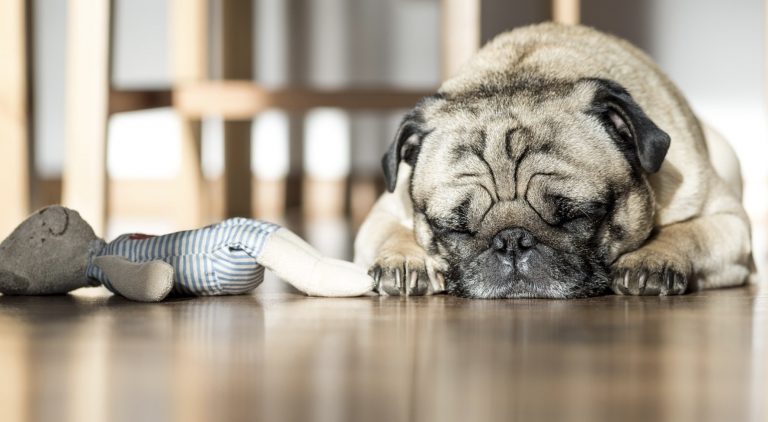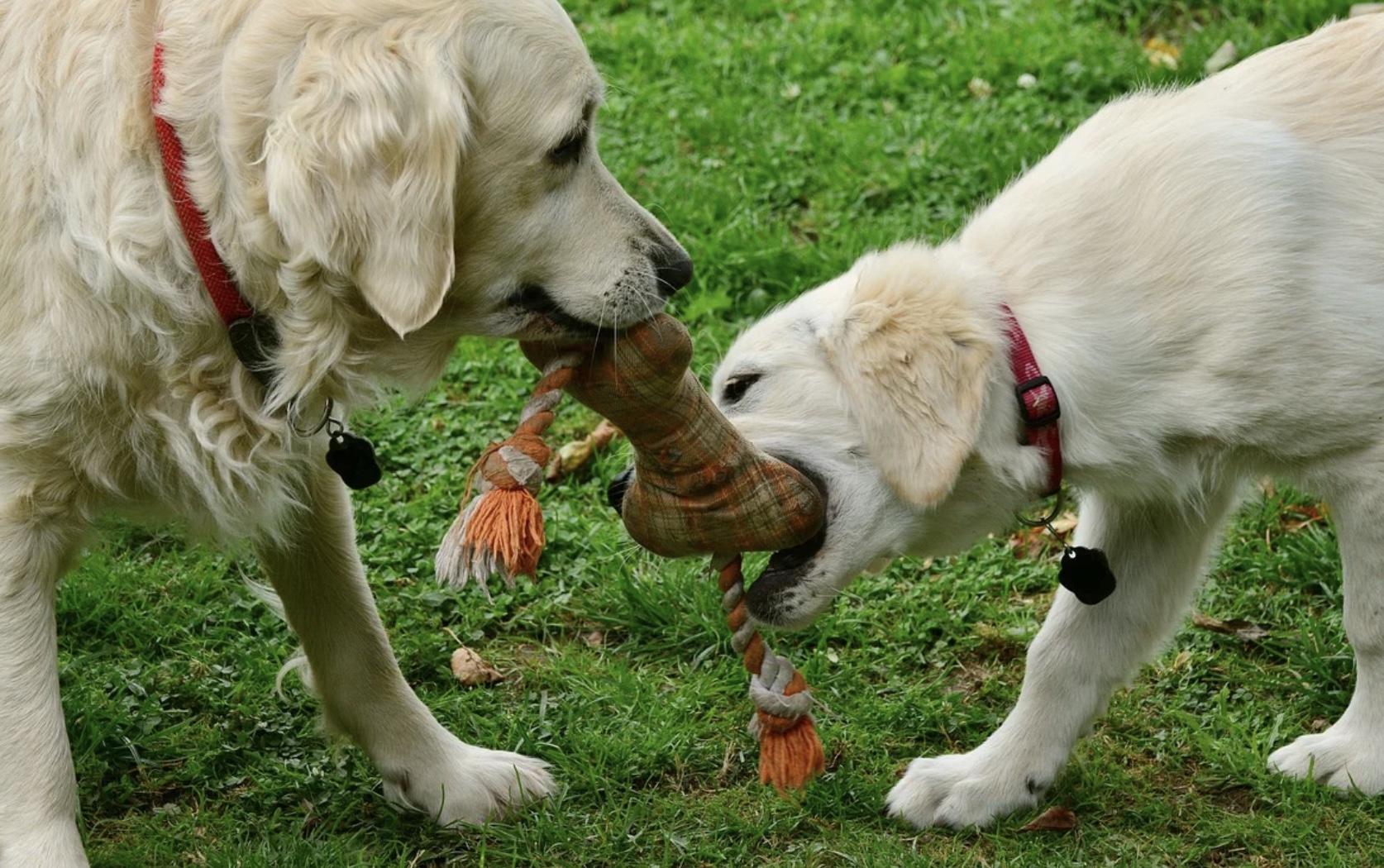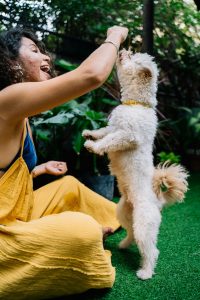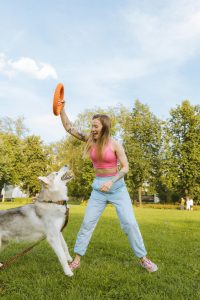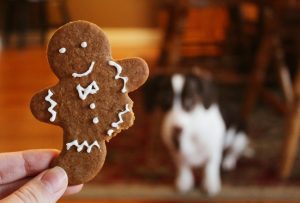Toys are not just something your dog likes to play with. Toys serve a vital purpose in your dog’s life. They help with mental and physical development. Every dog should play with toys. They are also a powerful tool for behavior modification.
Yes, you might think your puppy doesn’t think about all that when you pull the toy out of the basket. Your pet just wants to play and have some fun.
Today, we will try to show you how to teach a dog to take a toy. Basically, it is a modification on the take it command.
Why do dogs play with toys?
Toys provide mental and physical stimulation for your dog. They also assist in fulfilling your pup’s emotional and physical needs. Dogs are primarily companion pets. But they still need something to do. Toys provide a task, a job for them. Because dogs have no job, they look for things that will occupy their free time.
So, if you do not like your dog to take your slippers or anything else from the home and use it as a chew toy, teach him to take a toy you give him.
Toys provide and encourage active play and minimize periods of boredom. A bored pet can easily engage in destructive behavior.
You have to remember, though, dogs are a lot like children. Your puppy might get bored with his toy quickly. And when this happens, the value of that toy as a mental and physical outlet is lost. You lost a tool you can use for behavior training, obedience training, and behavior shaping.
The trick is to give your dog toys a few at a time and rotate them every few days. This way, your dog always has something different and new to play with.
How to teach a dog to take a toy
There is a simple reason we want your pup to take a toy. If he takes it just for a second, we can shape so many behaviors. We can use a toy (for example, a tug toy), and turn it into a secondary reinforce for positive behavior. We can amp it up.
Remember, if you increase the treat reward, you are basically bribing your dog. You will not get a change in behavior if you change the antecedent.
You change behavior by consequences, they are either reward or punishment. The basic training sequence, as many of you know, is request –> lure –> response –> reward.
Now, for your dog to take the toy, you have to make him want it. You need to get your dog excited about the toy. For example, you can hide the toy in your pocket, lure him, and then ask him, “Do you want your toy”, “Do you want to play with your toy”, and so on.
At this point, your dog doesn’t know what the toy is. But he is excited and wants to find out. Show him the toy, and once he takes it for a second, praise him and reward him with “good dog”.
But do not tell him “good puppy” until the object is in his mouth. You have to have criteria. If your dog doesn’t take the toy, you do not talk to him. Once he takes the toy, you praise him and let consequences do the rest.
So, what can you do now? Well, you can shape many behaviors. For example, your dog takes the toy, he can go off-leash, he can sit on the couch, you let him sniff, or let him get in the car, give him a treat, or any other behavior your dog likes.
The trick here is your dog understands the chronological order. He understands he gets to play with his toy and then does many of the things he already loves.
Another aspect of this type of training is to increase your criteria. In the beginning, you reward behavior the second your dog takes the toy. But after a while, you wait for a few seconds, and then reward.
With this type of training, you can solve problems like dog reactivity. When you pass another dog, get your tug toy out of your pocket, have your puppy chew on it, hold for a few seconds, and play with him. Once the dog passes by, you give him a treat and continue walking.
In a way, instead of focusing on the other puppy passing by, your dog focuses on you and his toy only.
A few important warnings
We have to stress a couple of things. The safety of the toy is directly dependent on the way your dog interacts with it. Remember, his interaction might change with time. For example, you do not want to give your 10-week old puppy a plush toy that he might devour. He might swallow something.
Always supervise your dog while he plays with a new toy. Monitor his activity and interaction.
Another important notice. Interactive toys are meant to be used as a team. That means dog and dog owner. So, you basically have built-in supervision. Do not give your dog interactive toys and let him be. These toys are tug-of-war ropes, fetch balls, and similar.
Now, the most IMPORTANT part of a toy play session. Once you finish playing with your dog, put these toys AWAY. This way, your dog understands that he can only play with you and actually looks forward to playing with you.

